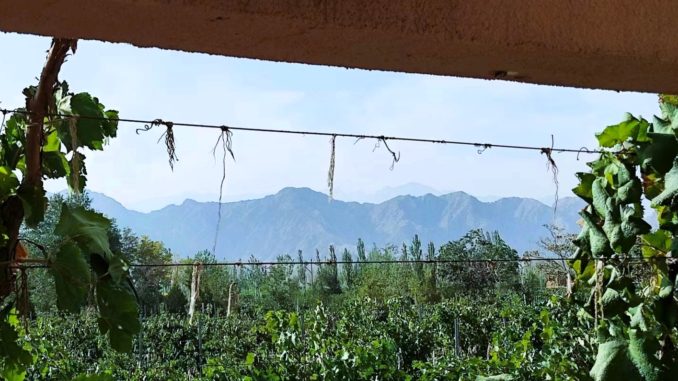
Look for China to soon join the OIV–International Organisation of Vine and Wine–a 49-member group that “deals with technical and scientific aspects of viticulture and winemaking.” That means not only wine but also table grapes and raisins.
(China, the world’s top table grape producer, has the third-highest vineyard surface at 785,000 hectares, behind Spain at 955,000 and France 812,000 and ahead of Italy 718,000, per the OIV.)
The political machinery for China joining the OIV is over a decade old and has revved in recent months.
In April, a joint statement after a meeting of China’s Xi Jinping and France’s Emmanuel Macron stated, “France will support the application that China will submit to join the International Organisation of Vine and Wine (OIV) as swiftly as possible….”
(There is also talk of Geographical Indications. China is interested in protecting and promoting “Helan Mountain” as a GI. This would boost the region’s status internationally and make it easier to promote wines both at home and abroad. But that’s a whole other post.)
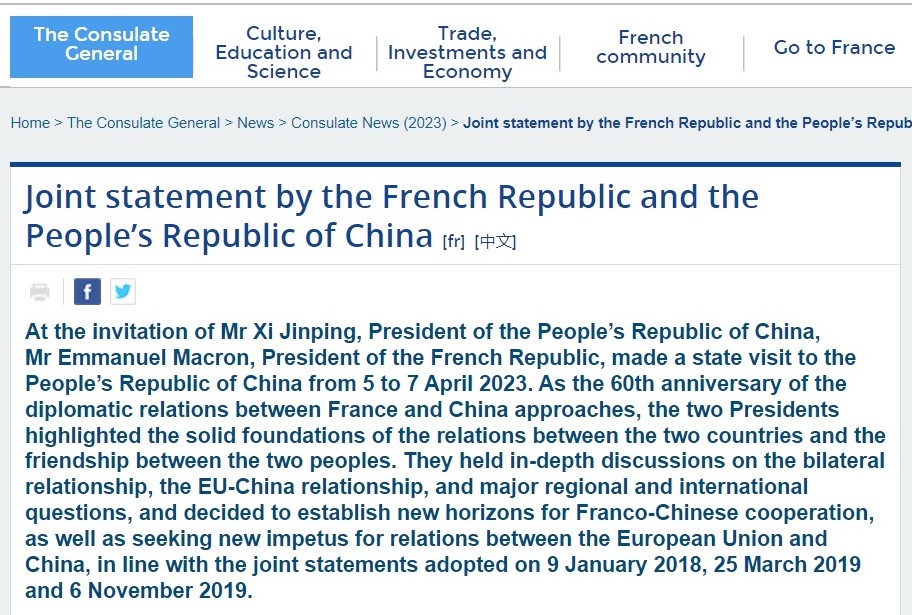
In June, OIV sponsored the International Conference on Grape and Wine Industries (ICGWI) in Ningxia. Along with OIV delegates presenting at the forum, Director General Pau Roca sent a video message and said, “we now look forward to having China as a full member very soon, with all the rights and influence that the nation deserves.”
At the same time in Spain, at the OIV General Assembly, guests saw a video message by Sui Pengfei of China’s Ministry of Agricultural and Rural Affairs, who said, “China looks forward to joining the OIV as a full member as early as possible and along with other members advancing high-quality development in the vine and wine sector.”
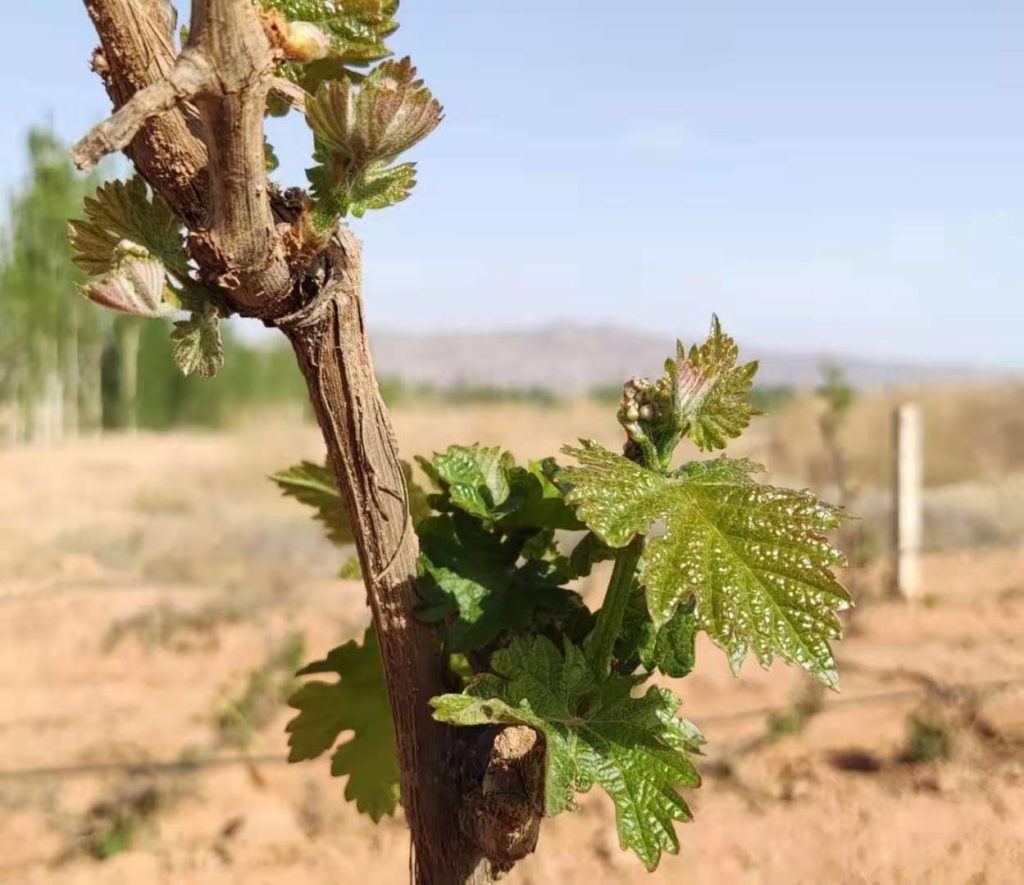
The municipality of Yantai and region of Ningxia are already OIV observers–see below for more on these two and why Ningxia is especially important–and now the time is ripe for China to join as a full member.
“China will launch the application to be an OIV member soon,” says Ma Huiqin, a professor at Beijing’s China Agricultural University and the OIV coordinator for Ningxia, which she helped join the OIV as an observer 11 years ago.
“This will put China on the same stage with other big grape and wine producers in OIV, the largest inter-governmental organization for these sectors.”
Ma says it will especially help with technology and standards. She noted that 20 or 30 years ago, some products labeled wine in China had non-grape liquids, but since then producers have steadily adopted global standards.
“China has a very long table grape-growing history but the modern wine-making one is quite short,” Ma said, adding that OIV is a good platform for communicating about topics such as sustainable production and boosting “vertical” wine business opportunities, such as those related to culture and tourism.
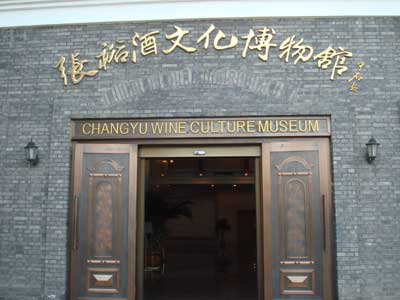
As noted, China currently has two entities as observers in OIV.
The first is Yantai, a coastal municipality in Shandong province was recognized by the OIV in 1987 as an “International City of Vine and Wine.” Yantai is home to Changyu, founded in 1892 and China’s biggest wine producer, plus boutique operations like Longdai (Lafite), Runaway Cow, Treaty Port, Longting and Jiangyu. As a port city, Yantai is also a hub for imported bulk wines and has faced criticism as a source of fakes.
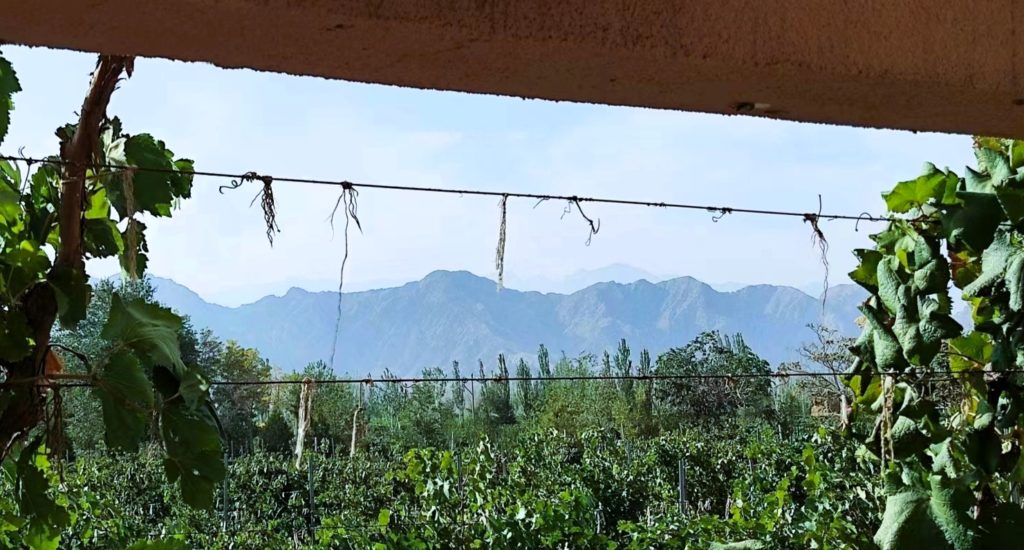
The second is Ningxia, a region in north-central China that became an observer in 2012 and has emerged as the country’s leading producer in recent years.
“Several people involved with [Ningxia’s] OIV application told me a key motivation is to improve Chinese wine quality via greater access to winery management, wine-making and wine standards info,” I posted in 2012. The aim was for Ningxia to be “the first region in China to fully realize the need to use international standards for the local market.”
Since that time, OIV and Ningxia have regularly interacted. In 2012, after Ningxia joined as an observer, then-OIV President Claudia Quini and then-OIV Director-General Federico Castellucci visited that August for the region’s wine conference. The two sides have been exchanging high-level delegations ever since.
(Then-OIV President Monica Christmann even served as a judge for the second Ningxia Winemakers Challenge in 2017.)
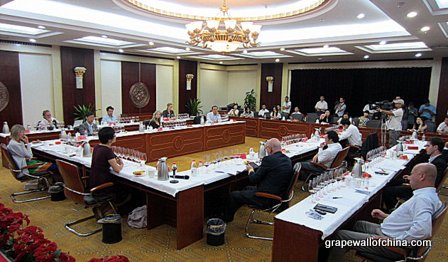
Ningxia has been an especially important player for China’s OIV membership for several reasons.
First, it has emerged in the past dozen years as the country’s leading producer. Back in 2012, when Jancis Robinson visited, the region was still a faint blip on the wine world’s radar. But Robinson, as part of a ten-person panel, rated 35 of the 39 wines as good or better, and it added to the evidence that Ningxia had a lot going for it.
At that time, most wines were generally modeled on a Bordeaux style, with ample oak, despite Ningxia having little in common in terms of climate, soil and general terroir with that region. Since, then, we have seen a blossoming in terms of the grape varieties and styles pursued by producers, and a steady rise in overall quality.
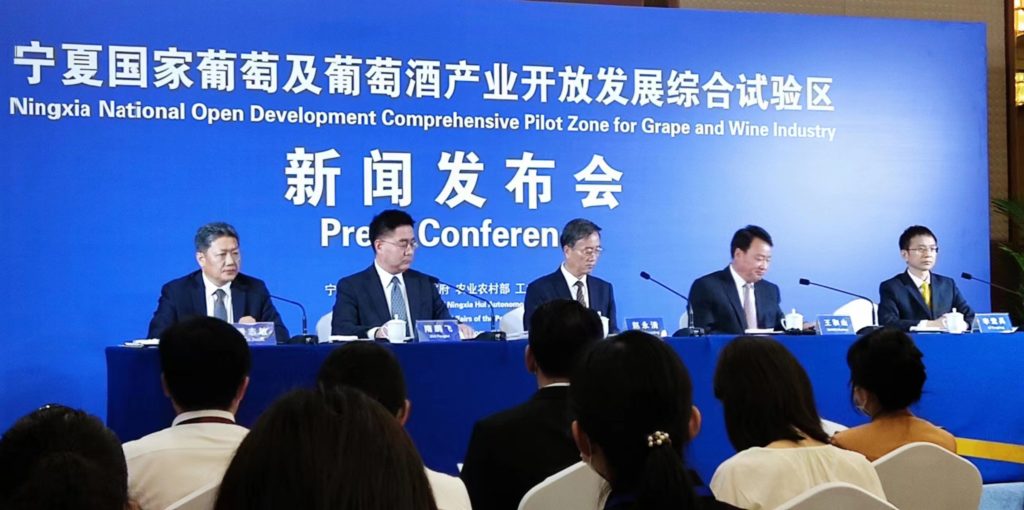
Second, Ningxia has also drawn increasing attention from the central government. A Bureau of Grape and Floriculture Industry was established in 2012 and helped get things going, with the region quickly organizing trade fairs, conferences and contests, and undertaking initiatives such as creating a central nursery from which new and established wineries could source rootstock.
Things accelerated in 2021, with a press conference in Beijing announcing central government support for –it’s a long title–the Ningxia National Open Development Comprehensive Pilot Zone for Grape and Wine Industry.
The 2025 targets include 1 million mu / 160,000 acres / 66,000 hectares) of vineyards, 300 million bottles of wine annually and RMB100 billion (USD13.8 billion) of revenue by 2025. The 2035 stretch goals were even more ambitious: 1.5 million mu / 250,000 acres / 100,000 hectares of vineyards, 600 million bottles and RMB200 (USD27.6 million) of value by 2035.
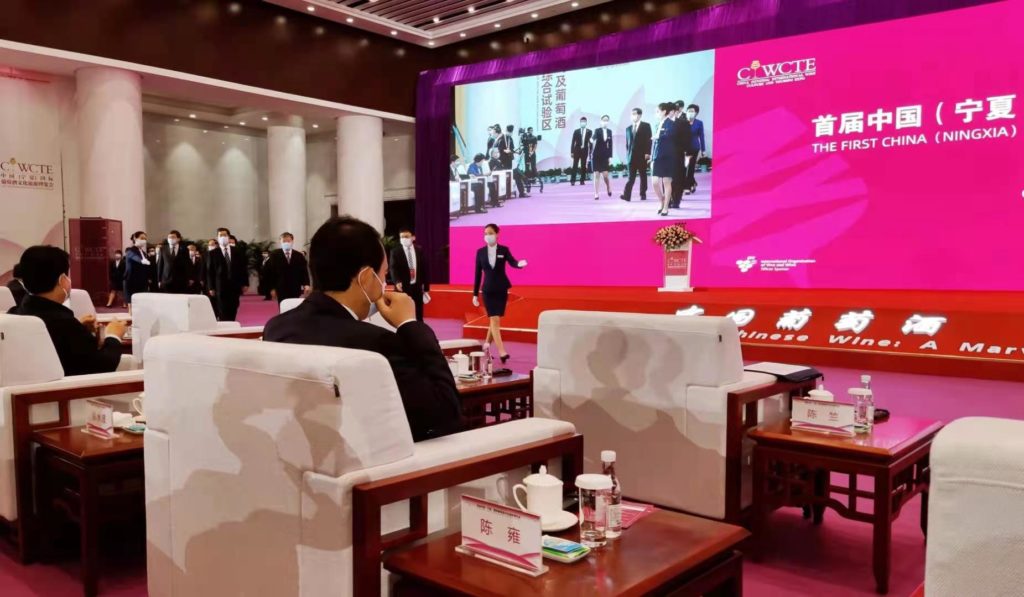
It should be noted the region also has special significance for Chinese leader Xi Jinping, who first visited in 1997 as part of an anti-poverty mission from Fujian province, where he was a high-ranking official. That trip included some of the regions where vineyards and wineries now sit, such as the Minning area–‘Min’ is another name for Fujian while ‘ning’ refers to Ningxia.
Given that Ningxia has traditionally had one of the lower GDP per capita rates in China, boosting a value-added industry such as wine fits governmental goals of spreading the wealth of the country’s economic growth.
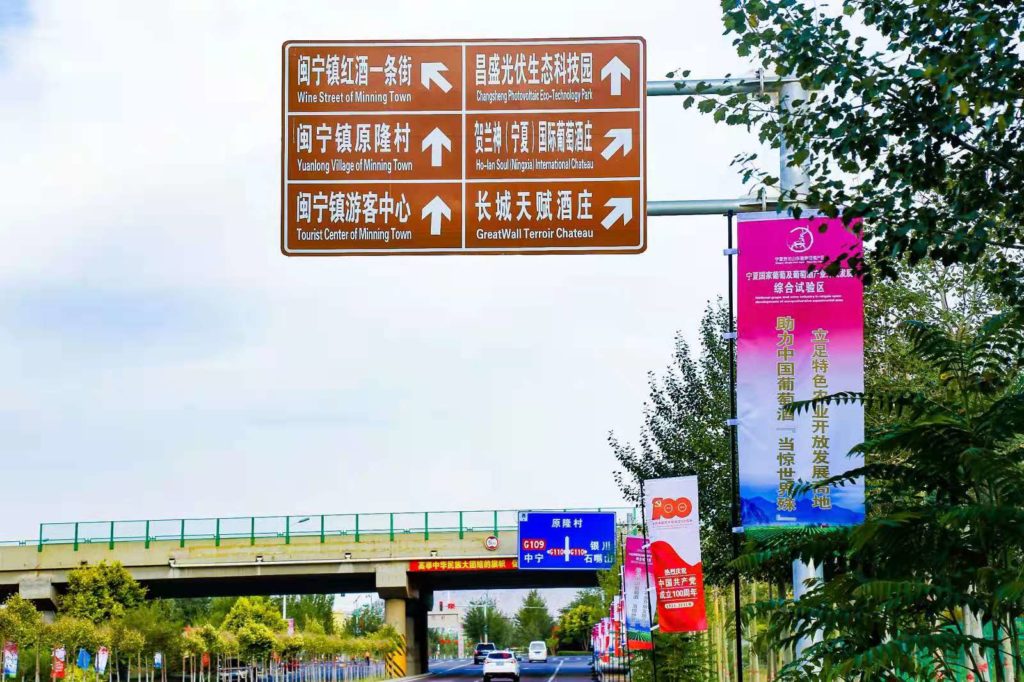
In any case, I’ll stop there, except to say that it seems only a matter of time before China is a full member of the OIV.
As the OIV posted on Twitter, the joint statement after the Xi-Macron meeting in April was, “A decisive step in China’s long march towards the OIV.”
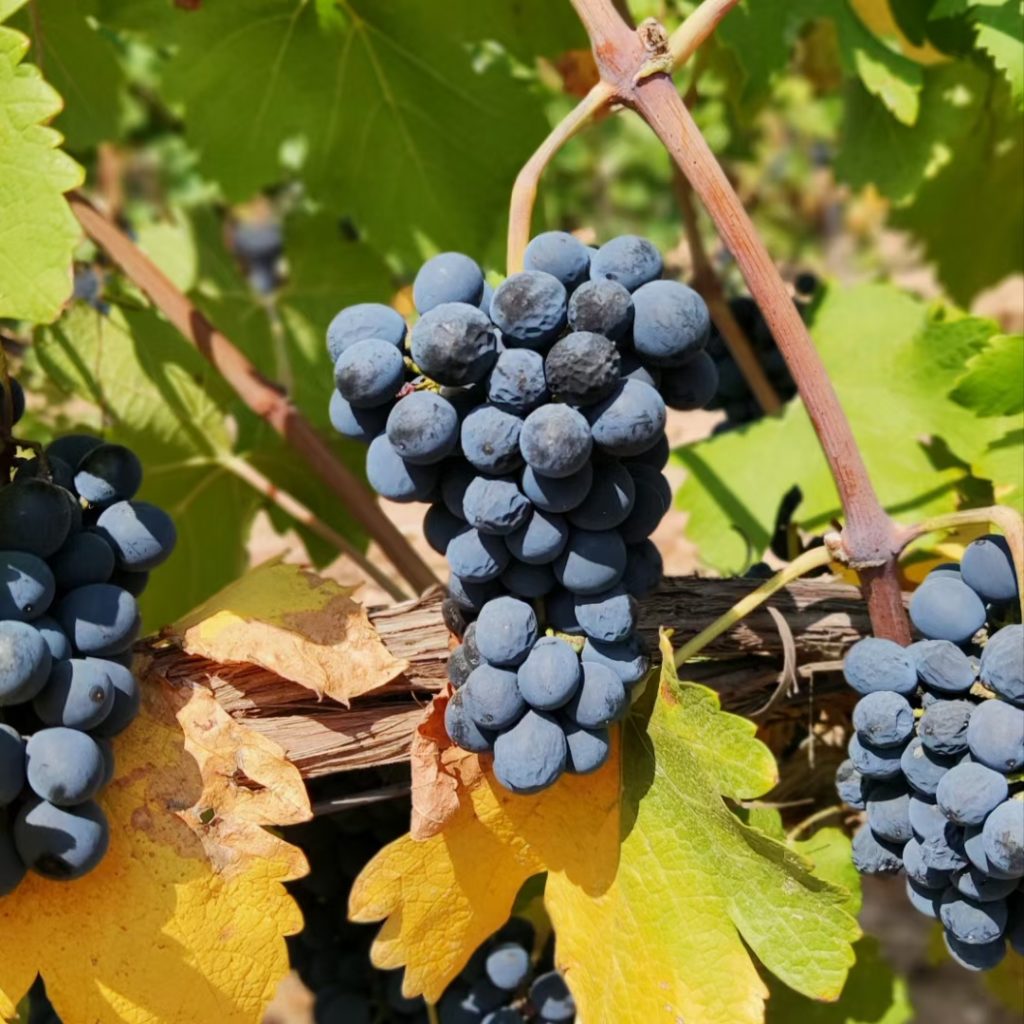
Grape Wall has no sponsors of advertisers: if you find the content and projects like World Marselan Day worthwhile, please help cover the costs via PayPal, WeChat or Alipay.
Sign up for the free Grape Wall newsletter here. Follow Grape Wall on LinkedIn, Instagram, Facebook and Twitter. And contact Grape Wall via grapewallofchina (at) gmail.com.

Leave a Reply
You must be logged in to post a comment.